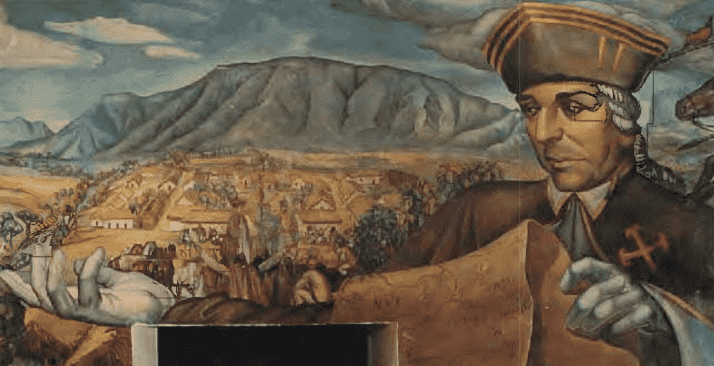Explore Juarez Theater in Ciudad Victoria, Tamaulipas
Plays, music, dancing, variety shows, shows for children, festivals, conferences, assemblies, government reports, and graduations are just a few of the events that take place at the Juarez Theater in Ciudad Victoria.





